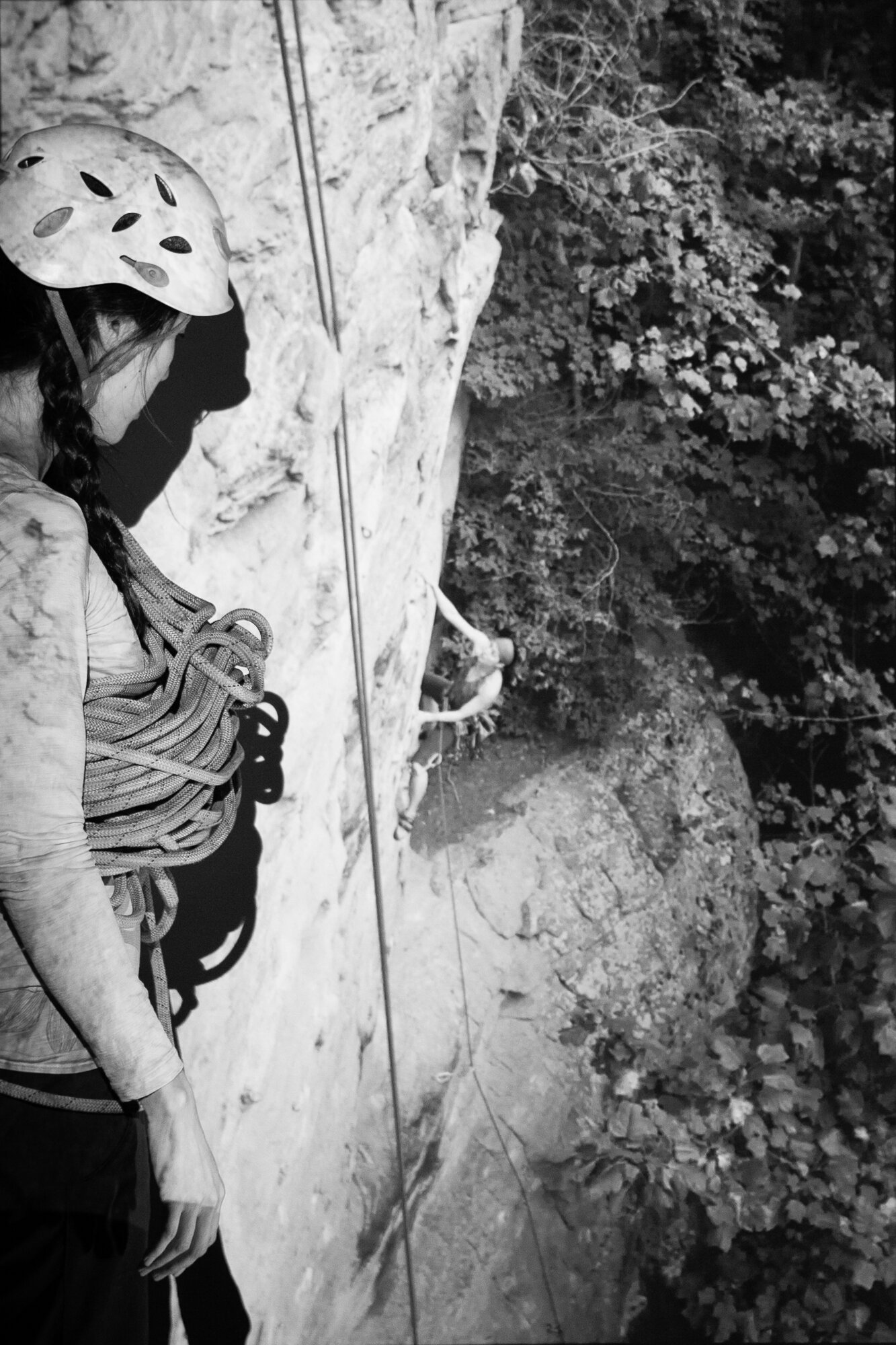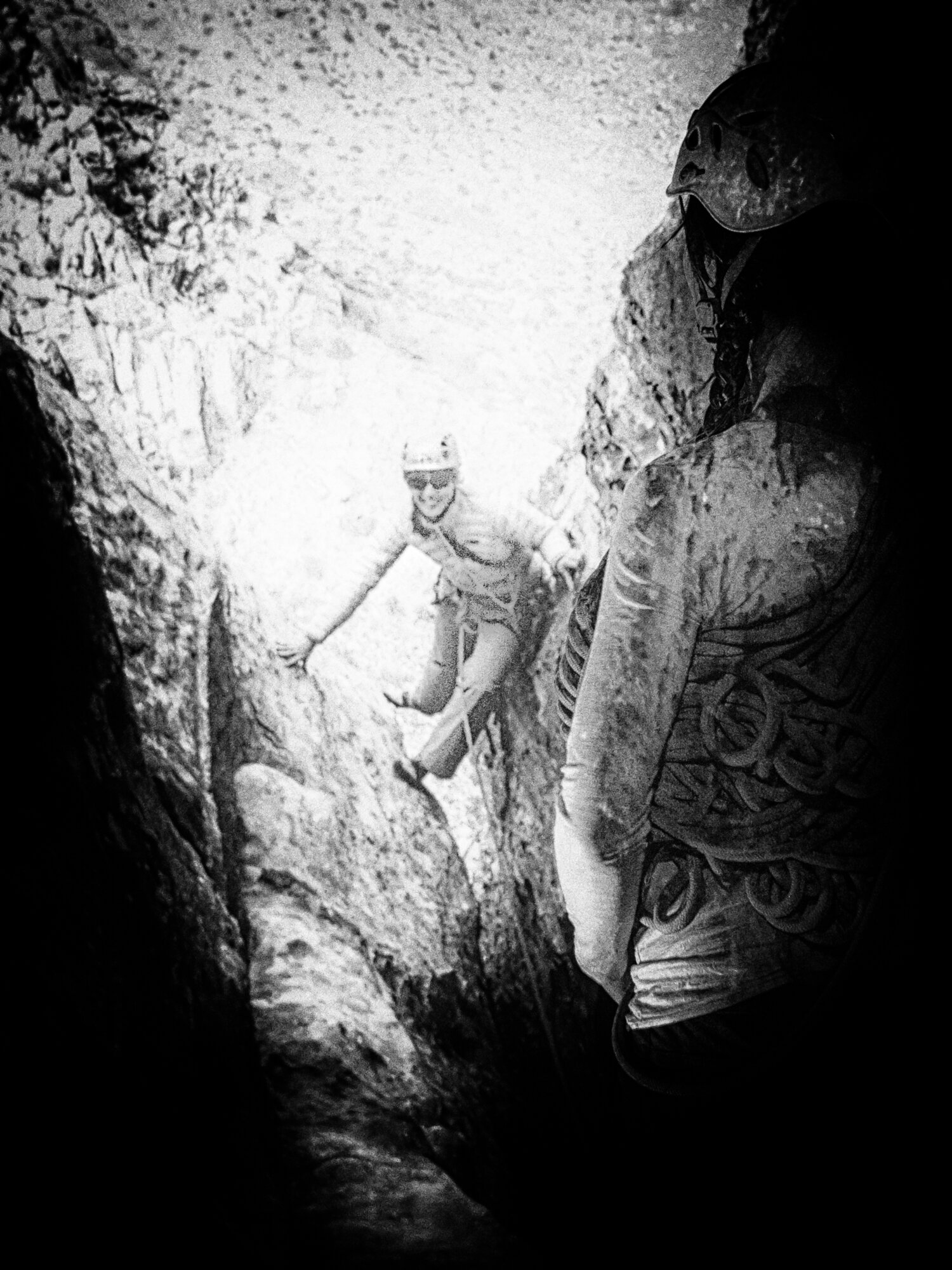LIVING WITH LYME DISEASE: A PHOTO SERIES BY JOANNE LIU
By Crowfoot Media
For four years, Joanne Liu has lived with Lyme disease after contracting it from a tick in Kananaskis Country. Among many changes, the infection has brought about unforeseeable consequences, including an estrangement from the mountain community she was so much a part of, especially as a climber. Here she describes the inspiration behind a photo series, what she’s learned living with the disease, and her best tips for avoiding it in the first place.









1/ What was the inspiration for this series of photographs?
I wanted to communicate the feeling of longing for, and exclusion from, things that have given me much joy, of a life I loved. Many have felt this way when an injury sidelines them. For me, it was Lyme disease that I’ve had for four years.
I made this series of photos while I struggled to come to terms with not only the loss of my health but also the loss of much of the mountain community that I was a part of. The motivation came when the Lyme Disease Association of Alberta asked patients for photos for their Lyme awareness campaign video with placards reading “Lyme lives here” and so on, and I started thinking of a creative way to make one. So, that is how this series of photos came to be. Months later, I realized that I may have unconsciously been influenced by a series of black and white photos I had seen years ago by a photographer who was doing a similar thing with photos of her family from whom she was separated across the ocean.
2/ Which techniques did you use to create these photos?
I projected photos that I or friends had taken on our mountain adventures and basically sat or stood in front of them. A small video light provided additional lighting, and a few friends helped with the shoots. It was actually a fun couple of photo shoots.
3/ What is photography to you?
Many things, and there’s always debate over which photographs are art and which aren’t, but undoubtedly it reveals how one sees the world, which is unique to each person. As such, it’s a form of language, and I think that is primarily how it is used.
4/ What have you learned as you’ve experienced this extended illness?
Being rejected by the Canadian medical system is actually funny if you’re silly about it (think Monty Python) and humour goes a long way to giving one the courage and strength to fight to get well. There were a lot of things I became grateful for that I’d never even thought about: eyes that can see beautiful colours, a nose that can smell delicious food, imagination that can instigate playfulness anytime. As an introvert, I was okay with spending days on end with no human contact; it is really handy when you don’t feel well enough even to have someone sit with you.
I learned that all the positive thinking in the world can’t change how lousy it is to lose one’s health. At some point, it’s beyond positive thinking. Surrendering to “what is” and eventually facing the traumas I felt were key to my well-being and to coping. But, I also learned that, as Henry David Thoreau said, “It’s not what you look at that matters, it’s what you see.” I would actually amend that last phrase to “it’s HOW you see”.
→ Learn more about Lyme in What You Need to Know About Lyme Disease.
5/ May is Lyme awareness month. What tips and experience do you have for others?
Throw your clothes in the dryer for 30 minutes after a day out in the mountains. The prolonged dry heat kills ticks (this really works).
Check your gear for ticks, particularly your backpack.
Rose geranium essential oil is very close to as effective a tick repellent as DEET and picaridin, according to a recent Consumer Report, and it smells much better than either of those and it’s safe to use on dogs, too.
You really can get Lyme in the Canadian Rockies. The tick that bit me was either from Mount Yamnuska or Wasootch.
Lyme symptoms are often generalized and vague, and they come and go, making it hard to diagnose. Definitely look into it if it’s a possibility. Lyme disease is caused by the Borellia genera of bacteria. The current lab tests aren’t sensitive to all species and strains, so going by symptoms is a more reliable way to diagnose it. There are other bacterial pathogens that can be transmitted via a tick, such as Bartonella sp., Erlichia sp., Babesia sp., Rocky Mountain spotted fever, and if you have more than one infection you’ll likely feel a lot worse, a lot sooner, and for a lot longer.
Black-legged ticks are the only ones that are being tested for Lyme disease by Canadian health institutes. Opinion: this seemed ludicrous to me. Fact: Earlier this year a paper was published showing that eight species of ticks in Ontario carried B. burgdorferi sensu lato, the strain of bacteria most commonly associated with causing Lyme disease. It doesn’t mean that the ticks can also transmit it, but given that Lyme disease is severely underdiagnosed, it wouldn’t be at all surprising if they did.
Finally, people do recover from Lyme.
Learn more about what to do if you get a tick bite.
Follow Joanne’s journey on Instagram at @spiritnorth.
